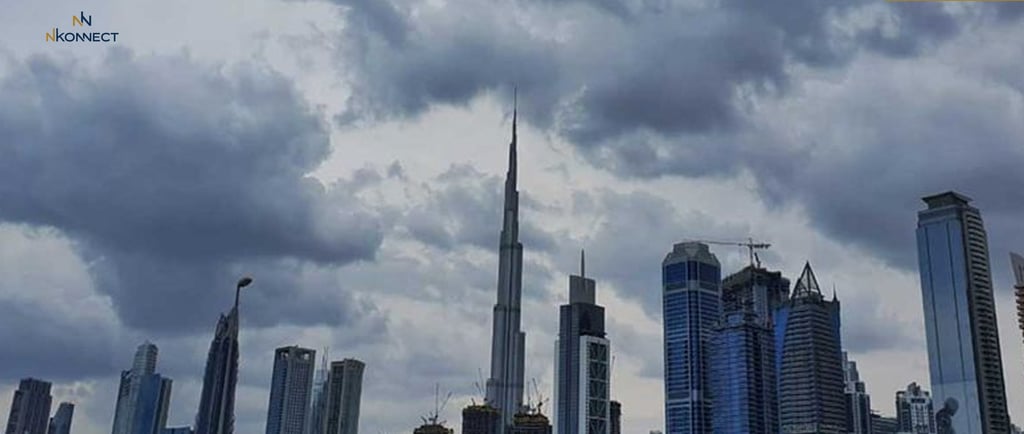How Cloud Seeding is Working in Dubai ?
Cloud seeding is a weather modification technique employed in Dubai and other regions to augment rainfall and address water scarcity challenges. The process involves dispersing substances into clouds to encourage precipitation, contributing to sustainable water management strategies and agricultural development.
DUBAIWEATHER


Cloud seeding is a weather modification technique employed in Dubai and other regions to augment rainfall and address water scarcity challenges. The process involves dispersing substances into clouds to encourage precipitation, contributing to sustainable water management strategies and agricultural development.
How Cloud Seeding Works:
Silver Iodide Dispersion: In Dubai, cloud seeding typically involves dispersing silver iodide particles into clouds using specialized aircraft or ground-based generators. Silver iodide has a structure similar to ice crystals, facilitating the formation of raindrops within clouds.
Cloud Interaction: As silver iodide particles are introduced into clouds, they act as nuclei around which water vapor condenses and freezes. This process leads to the formation of ice crystals, which grow in size and eventually fall as precipitation, such as rain or snow.
Enhanced Precipitation: Cloud seeding aims to enhance natural precipitation processes, particularly during periods of low rainfall or drought conditions. By stimulating cloud activity, cloud seeding can potentially increase rainfall amounts and extend the duration of precipitation events.
Benefits of Cloud Seeding in Dubai:
Water Resource Management: In arid regions like Dubai, where water scarcity is a significant concern, cloud seeding offers a supplementary method to enhance water resources. Increased rainfall contributes to reservoir replenishment and groundwater recharge, supporting agricultural and domestic water needs.
Drought Mitigation: During droughts or dry spells, cloud seeding can provide relief by stimulating rainfall and mitigating the impact of water shortages on ecosystems, agriculture, and urban communities.
Environmental Sustainability: Cloud seeding is considered a relatively eco-friendly approach to water management, as it utilizes natural processes and does not involve harmful chemicals. It complements other conservation efforts and promotes sustainable water use practices.
Challenges and Considerations:
Effectiveness: The effectiveness of cloud seeding can vary based on atmospheric conditions, cloud composition, and local meteorological factors. Continuous monitoring and research are essential to assess the impact and optimize cloud seeding operations.
Regulatory and Ethical Considerations: Cloud seeding activities are subject to regulatory frameworks and ethical considerations to ensure environmental safety, public health, and responsible use of weather modification technologies.
Conclusion:
Cloud seeding in Dubai represents a proactive approach to water management and climate resilience. By harnessing scientific advancements in weather modification, Dubai aims to enhance precipitation, alleviate water scarcity challenges, and promote sustainable development practices. Continued research, innovation, and collaboration are key to maximizing the benefits of cloud seeding while ensuring environmental stewardship and community well-being.


